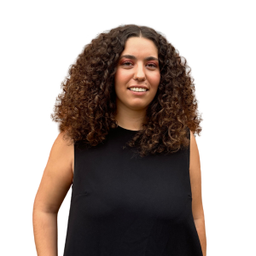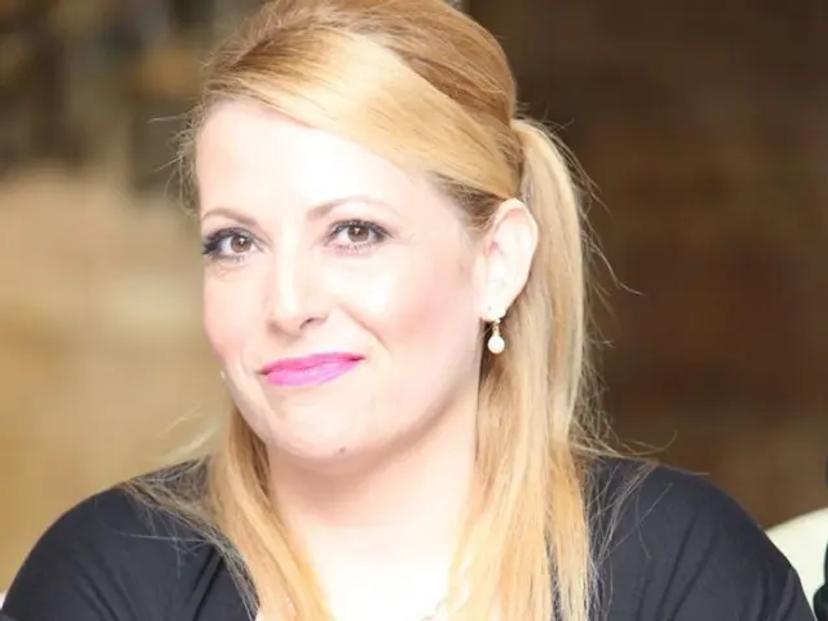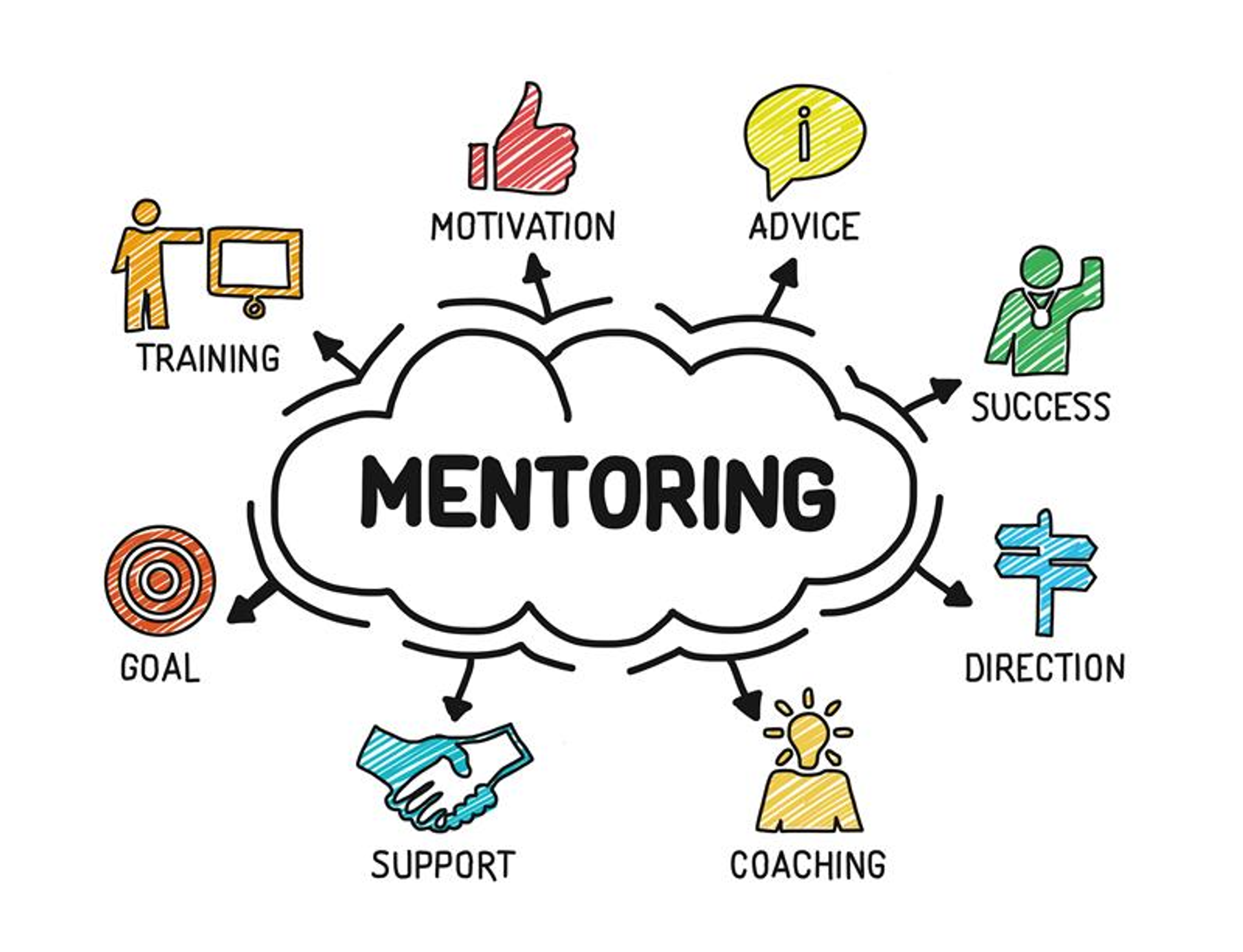Dr. Vasiliki E. Kalodimou’s mission to empower women in STEM
As an ambassador for the Women in STEM Network, Dr. Vasiliki E. Kalodimou is mentoring future scientists and redefining what is possible for women
18 Apr 2025

Dr. Vasiliki E. Kalodimou is a leading expert in regenerative medicine and an assistant professor based in Frankfurt.
Despite significant progress in recent years, women remain underrepresented in STEM careers. According to UNESCO, less than 30% of researchers worldwide are women, and only 35% of STEM graduates globally are female – a number that has stagnated for over a decade1.
Dr. Vasiliki E. Kalodimou is dedicated to changing this narrative. As an ambassador for The Women in STEM Network, she mentors aspiring scientists and advocates for systemic changes that promote gender equity in science.
Leading by example
Founded to address the lack of representation, support, and community for women in scientific careers, the Women in STEM Network (formerly Mums in Science) is a global initiative that provides mentorship, visibility, networking opportunities, and career development resources for women at all stages of their STEM careers. The network aims to close the gender gap through advocacy and action, offering both a support system and a platform for underrepresented voices in science and technology.
When Dr. Shara Cohen, founder of the Women in STEM Network, reached out to Dr. Kalodimou, she did not hesitate to respond. “It’s more work, yes,” she admits, “but it’s worth it. I can sleep well at night knowing I’ve done something meaningful.”
For Dr. Kalodimou, joining the network was a natural extension of her lifelong commitment to challenging bias and advocating for equity in science. She integrates this mission into her busy schedule by mentoring students, speaking on international panels, and representing women on global scientific committees.
Why mentorship in science matters
Mentorship plays a crucial role in career development, skill-building, and providing socio-emotional support, especially for women in STEM. Research indicates that effective mentorship programs significantly improve participation and representation in these fields 2. When paired with mentors, young women feel supported, acknowledged, and included. Having role models is essential for retaining women in STEM, as it encourages young women and girls to pursue careers in these areas and keeps them engaged.
Dr. Kalodimou's passion for mentorship is deeply rooted in her own academic journey, which took her from Imperial College London to Greece and the U.S. Despite having strong family support – especially from her father, who championed her education – she did not have a mentor in her early career. Now, she strives to be the guide she once needed. Through her work in the Association for the Advancement of Blood & Biotherapies (AABB) and Women in STEM, she has mentored both male and female doctors and researchers but finds special meaning in helping women navigate the obstacles she once faced.
"Mentorship is a win-win,” she explains. “You always gain something from your mentee if you're open and listen. The best mentoring starts with listening, and not pushing your path onto them, but helping them find their own."
With a smile, she recalls a proud moment when one of her mentees invited her to serve on her thesis committee. "It felt like family," she says.

Mentoring brings together key elements like motivation, advice, success, direction, coaching, support, goals, and training to help individuals reach their full potential. Credit: Adobe Stock
Bias and stereotypes women still face in STEM
Women's underrepresentation in STEM results from various overlapping factors rooted in socialization and learning processes. Social, cultural, and gender norms heavily influence how girls and boys are raised, how they interact with parents, teachers, and peers, and the choices they make. These norms shape their identities, beliefs, behaviors, and career aspirations.
From an early age, STEM subjects are often framed as ‘masculine’ and girls can be made to feel their abilities in these fields are inferior to those of boys. Although research disproves the idea of innate gender differences in STEM aptitude, these stereotypes persist and can undermine girls' confidence and interest in these areas.
"The biggest challenge? Bias and stereotypes," says Dr. Kalodimou. "And these begin early, not just in schools but in families, where certain STEM fields are seen as 'not for girls'. Research shows that girls start dropping out of STEM pathways around age 15. That's huge."
Bias in STEM is often subtle, but pervasive. As adults, women still face bias in their careers. A study by Yale showed that both male and female faculty rated identical resumes as less competent when the name on the resume was female3.
Dr. Kalodimou recalls a conversation with a male colleague who said women "aren't good surgeons." Her response? "Show me the data. We're not genetically predisposed to be less capable. That's a myth." Her approach is clear: combat bias with facts, confidence, and community support.
Bridging the confidence gap to change the narrative
When asked how mentorship programs can better support early-career women in STEM, Dr. Kalodimou points to one word: confidence. Research indicates that, women are less likely than men to seek promotions or high-stakes opportunities at work even when they are equally qualified 4. Although impostor syndrome can affect both men and women, studies show that it disproportionately impacts women and underrepresented minorities in science.
Dr. Kalodimou argues that mentorship programs for women should focus on fostering confidence to increase performance and willingness to take on new opportunities.
"We still hear, even in 2025, that 'men are better,' and that's deeply disturbing to me," she states. "Sometimes, you need to build that confidence, and that can only be achieved through support and encouragement. When someone tells you, 'you can do this', everything changes."
The importance of early intervention and role models
To truly change the future for women in STEM, Dr. Kalodimou believes the work must begin early, long before university admissions or job applications.
"We need visible role models in schools and communities that girls can rely on," she says. "Let girls see women in leadership and hear their stories. Let them know it's possible. It's hard work, but it's possible."
Numerous studies indicate that girls are more likely to pursue STEM careers when they have early exposure to relatable female role models. In fact, research suggests that girls are 33% more likely to consider STEM careers if they know or have seen a woman working in the field 5. When girls do not see women succeeding in these areas, it becomes more challenging for them to envision themselves pursuing similar careers.
Outside her office, Dr. Kalodimou lives by a simple yet striking philosophy: "Who wants to be a princess when you can be a scientist?"
While she has no problem with dolls or dress-ups, her mantra is a reminder that science is for everyone, regardless of gender.
The power of building a network
A key part of her advocacy centers around mentorship and networking, two pillars she sees as inseparable in the scientific world. "Especially in science, you need both," she says. "You might have the knowledge, but without a network, no one will give you a nod. That's the harsh truth."
Through her work with the Women in STEM Network, Dr. Kalodimou is advocating for more inclusive conference policies, greater support for student participation, and institutional recognition of mentorship's vital role, particularly for women navigating historically male-dominated fields.
A message to all women in STEM
The journey toward gender equity in STEM is a long one. However, voices like Dr. Kalodimou's are helping light the way, not just with words, but through action. Her personal journey underscores the transformative power of visibility, mentorship, and systemic change in closing the gender gap. By sharing her story, mentoring others, and challenging institutions to do better, she is helping to shape a more inclusive scientific community.
Her final message to aspiring scientists is as inspiring as it is empowering:
"Just do it. Don't let anybody tell you what to do. Don't let anybody put you down. Don't let anybody stop your curiosity or ability to do great things. Don't take no for an answer. But you have to work, to try. And you are going to fail. But failing is not a failure if you learn something from it, become stronger, and help others."
References
1. UNESCO (2024). Global education monitoring report 2024, gender report: technology on her terms. https://unesdoc.unesco.org/ark:/48223/pf0000389406
2. National Academies of Sciences, Engineering, and Medicine (2020). Promising Practices for Addressing the Underrepresentation of Women in Science, Engineering, and Medicine. Washington, D.C.: National Academies Press. doi:https://doi.org/10.17226/25585.
3. Moss-Racusin, C.A., Dovidio, J.F., Brescoll, V.L., Graham, M.J. and Handelsman, J. (2012). Science faculty’s Subtle Gender Biases Favor Male Students. Proceedings of the National Academy of Sciences,109(41), pp.16474–16479. doi:https://doi.org/10.1073/pnas.1211286109.
4. He, J.C., Kang, S.K. and Lacetera, N. (2021). Opt-out choice framing attenuates gender differences in the decision to compete in the laboratory and in the field. Proceedings of the National Academy of Sciences, 118(42). doi:https://doi.org/10.1073/pnas.2108337118.
5. Enginuity (2024). Bridging the dream gap: Tackling gender disparity in STEM. https://enginuity.org/news-and-views/bridging-the-dream-gap-tackling-gender-disparity-in-stem-through-education-role-models-and-mentorship
